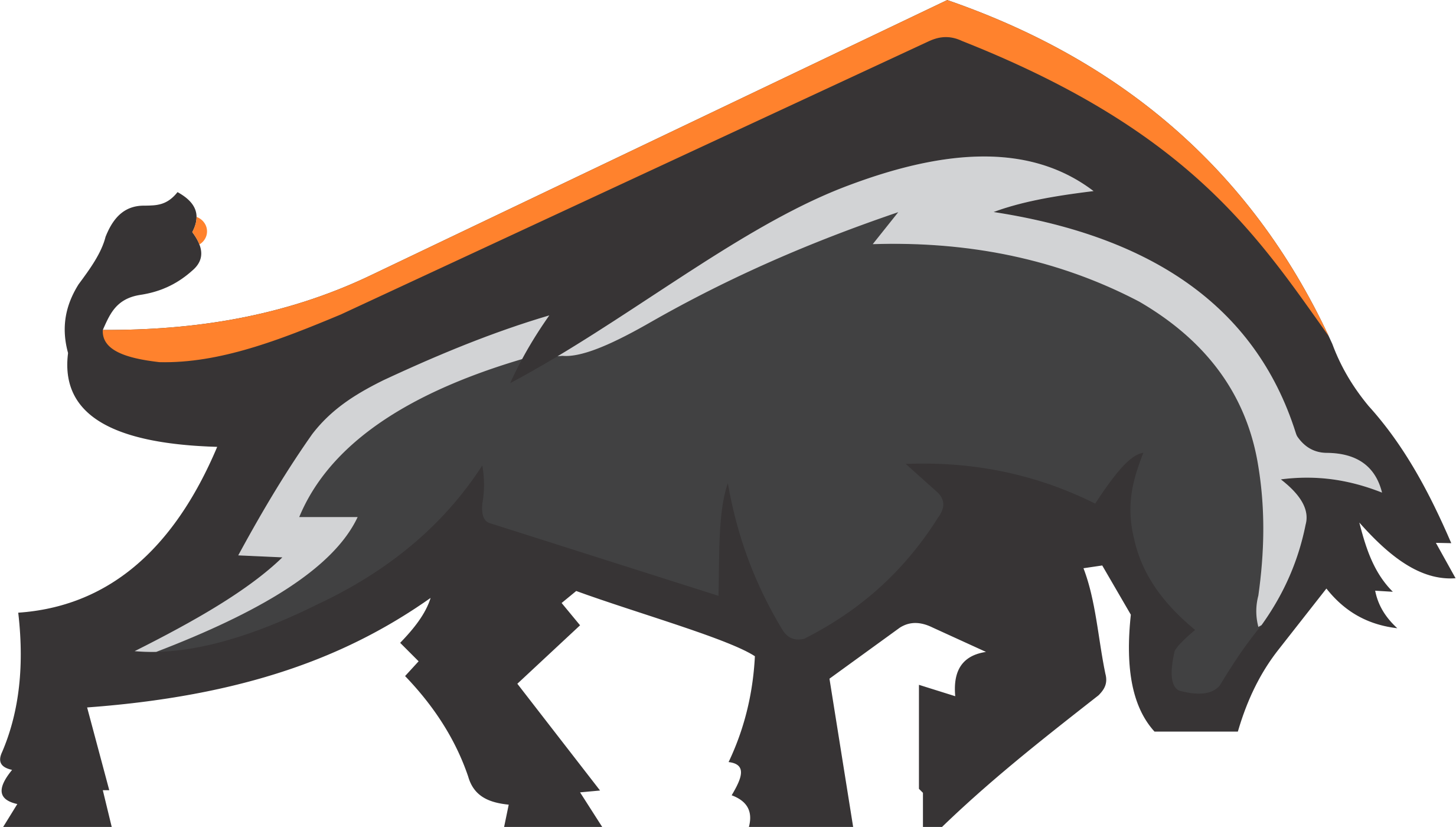Google Ads is one of the most effective digital marketing tools for service businesses. When managed properly, it can generate high-quality leads, increase brand awareness, and deliver a strong return on investment (ROI). However, without the right strategies, businesses can waste money on clicks that don’t convert. In this guide, we’ll explore the best Google Ads strategies to maximize ROI for service businesses.
1. Set Clear Goals and KPIs
Before launching a Google Ads campaign, define your business goals and key performance indicators (KPIs).
🔹 Common Google Ads Goals for Service Businesses:
✅ Generate more calls and inquiries. ✅ Increase website traffic and form submissions. ✅ Boost local visibility for targeted service areas. ✅ Improve conversion rates and lower cost per acquisition (CPA).
| Goal | KPI to Measure |
|---|---|
| More Leads | Call volume, form submissions |
| Increased Traffic | Click-through rate (CTR), page visits |
| Better ROI | Conversion rate, cost per lead |
| Enhanced Local Presence | Google My Business interactions |
2. Target the Right Audience with Location-Based Ads
For service businesses, geotargeting ensures ads reach potential customers in specific locations.
🔹 Best Practices for Local Targeting:
✅ Use radius targeting to focus on areas where your services are most in demand. ✅ Exclude locations where you don’t offer services to prevent wasted ad spend. ✅ Use location-based keywords, such as “emergency plumber in [city]”. ✅ Adjust bids for high-converting locations to maximize ROI.
| Targeting Method | Benefit |
| Radius Targeting | Targets local customers efficiently |
| Exclusion Zones | Avoids wasted spend in irrelevant locations |
| Location-Based Bidding | Maximizes ROI in high-converting areas |
3. Optimize Ad Copy for Higher Click-Through Rates (CTR)
Compelling ad copy can significantly impact CTR and conversion rates.
🔹 Best Practices for Writing High-Performing Ads:
✅ Include targeted keywords in ad headlines and descriptions. ✅ Highlight unique selling points (USPs) (e.g., “24/7 Emergency Service”). ✅ Use call-to-action (CTA) phrases like “Call Now” or “Get a Free Estimate”. ✅ Leverage ad extensions (call, location, and site link extensions) for added visibility.
| Ad Copy Element | Purpose |
| Keyword in Headline | Improves ad relevance and Quality Score |
| Unique Selling Point (USP) | Differentiates your service from competitors |
| Call-to-Action (CTA) | Encourages user engagement |
| Ad Extensions | Increases visibility and conversions |
4. Use High-Intent Keywords to Attract Ready-to-Buy Customers
Choosing the right keywords ensures your ads attract customers who need your services now.
🔹 Best Practices for Keyword Strategy:
✅ Focus on high-intent keywords (e.g., “same-day HVAC repair”). ✅ Use long-tail keywords to target specific customer needs. ✅ Avoid broad-match keywords that lead to irrelevant clicks. ✅ Continuously monitor and adjust keyword bids for optimal ROI.
| Keyword Type | Example | Effect |
| High-Intent | “24/7 electrician near me” | Higher conversion rate |
| Long-Tail | “affordable window cleaning in Miami” | Lower competition & cost |
| Broad Match | “cleaning service” | Attracts unqualified traffic |
5. Reduce Wasted Spend with Negative Keywords
Negative keywords prevent your ads from showing for irrelevant searches, saving money and improving ROI.
🔹 How to Use Negative Keywords Effectively:
✅ Identify search terms that aren’t relevant to your services. ✅ Add negative keywords like “free,” “DIY,” or “jobs” to filter out unwanted traffic. ✅ Regularly review and update negative keyword lists. ✅ Use Google Ads’ Search Terms Report to find low-converting queries.
| Negative Keyword Example | Reason for Exclusion |
| “free cleaning service” | Avoids non-paying customers |
| “HVAC repair jobs” | Filters out job seekers |
| “DIY plumbing fix” | Prevents tutorial seekers |
6. Improve Landing Pages for Higher Conversions
A well-optimized landing page ensures visitors convert into customers.
🔹 Landing Page Optimization Tips:
✅ Ensure a clear and compelling headline that matches the ad copy. ✅ Use strong CTAs like “Schedule a Consultation Today”. ✅ Display trust signals (customer reviews, certifications, guarantees). ✅ Optimize for fast load speeds and mobile responsiveness.
| Landing Page Element | Purpose |
| Clear Headline | Reinforces ad message |
| Strong CTA | Encourages immediate action |
| Customer Reviews | Builds trust & credibility |
| Fast Load Speed | Reduces bounce rate |
7. Track Performance and Optimize for ROI
Regular monitoring ensures your campaigns remain profitable and continuously improve.
🔹 Key Google Ads Metrics to Track:
✅ Click-Through Rate (CTR): Measures ad engagement. ✅ Quality Score: Determines ad rank and cost per click (CPC). ✅ Conversion Rate: Tracks how many clicks turn into leads. ✅ Cost Per Acquisition (CPA): Measures the cost of gaining a new customer. ✅ Return on Ad Spend (ROAS): Ensures campaigns remain profitable.
| Metric | Why It Matters |
| CTR | Shows ad effectiveness |
| Quality Score | Affects cost & ranking |
| Conversion Rate | Indicates lead quality |
| CPA | Ensures budget efficiency |
| ROAS | Measures campaign profitability |
Final Thoughts
For service businesses, Google Ads can be a powerful tool to drive qualified leads and maximize ROI—but only when executed with the right strategies. By targeting the right audience, optimizing ad copy, refining keywords, and improving landing pages, you can ensure every ad dollar is well spent.
🚀 Need expert help managing your Google Ads campaigns? Contact Bull Remodeling today and let us maximize your ROI!

